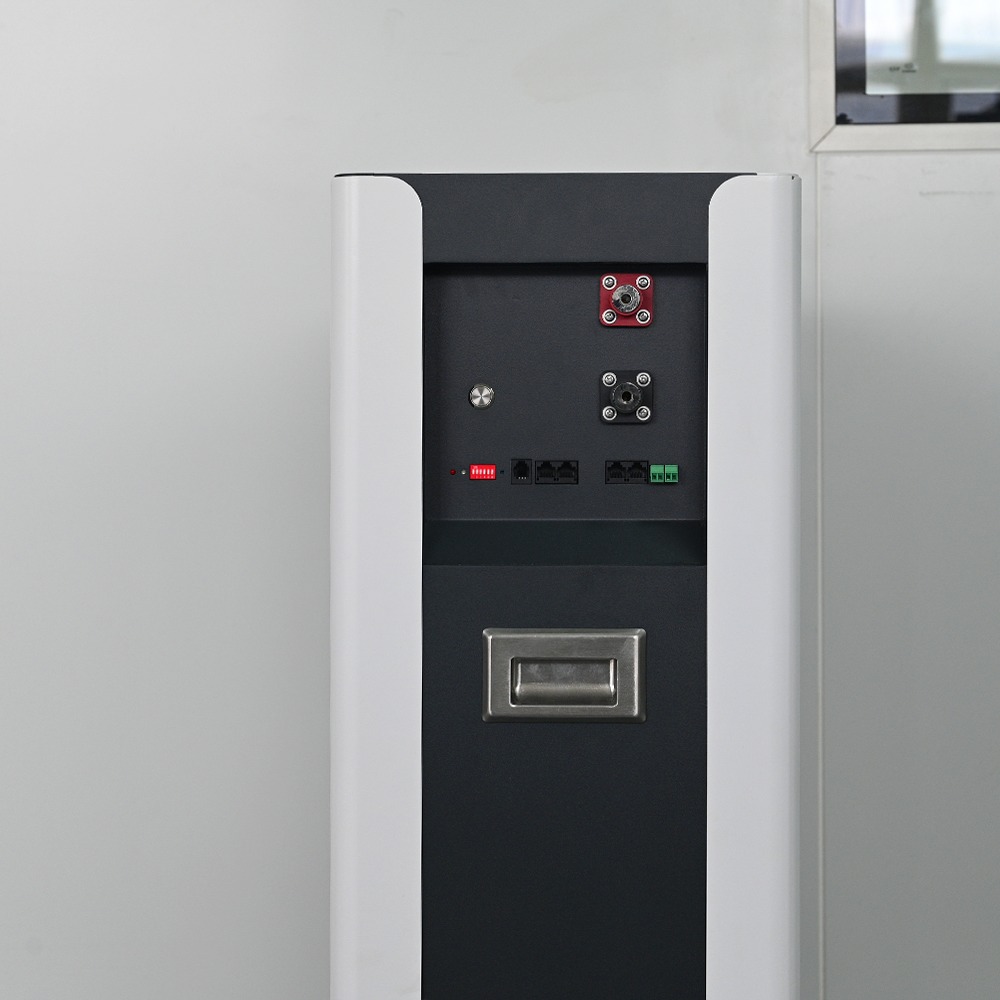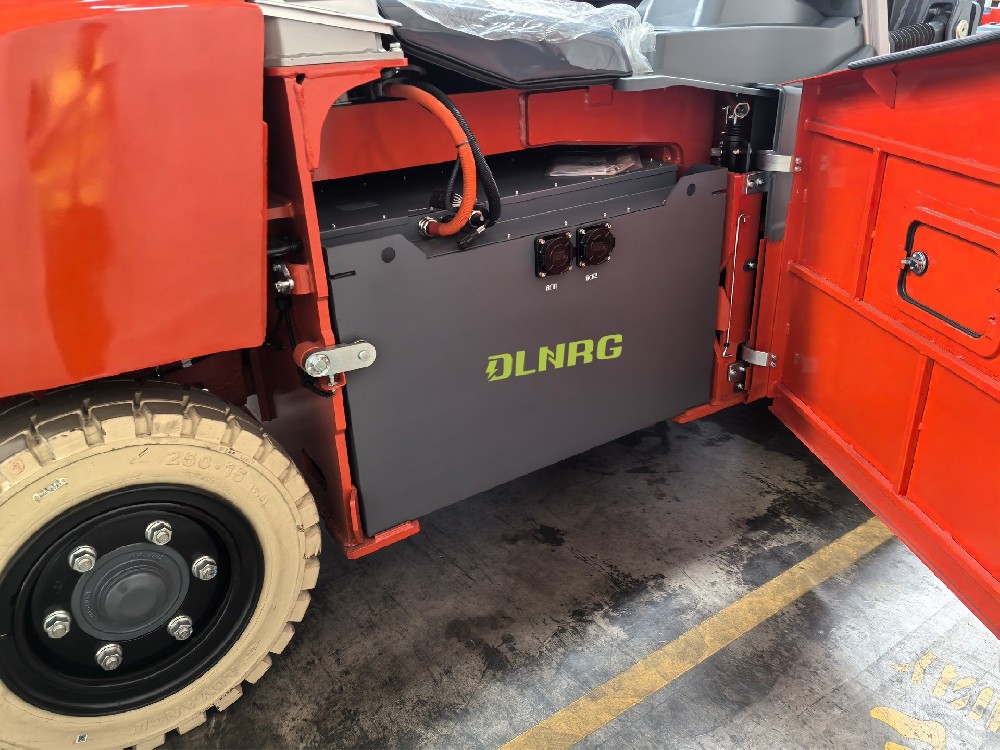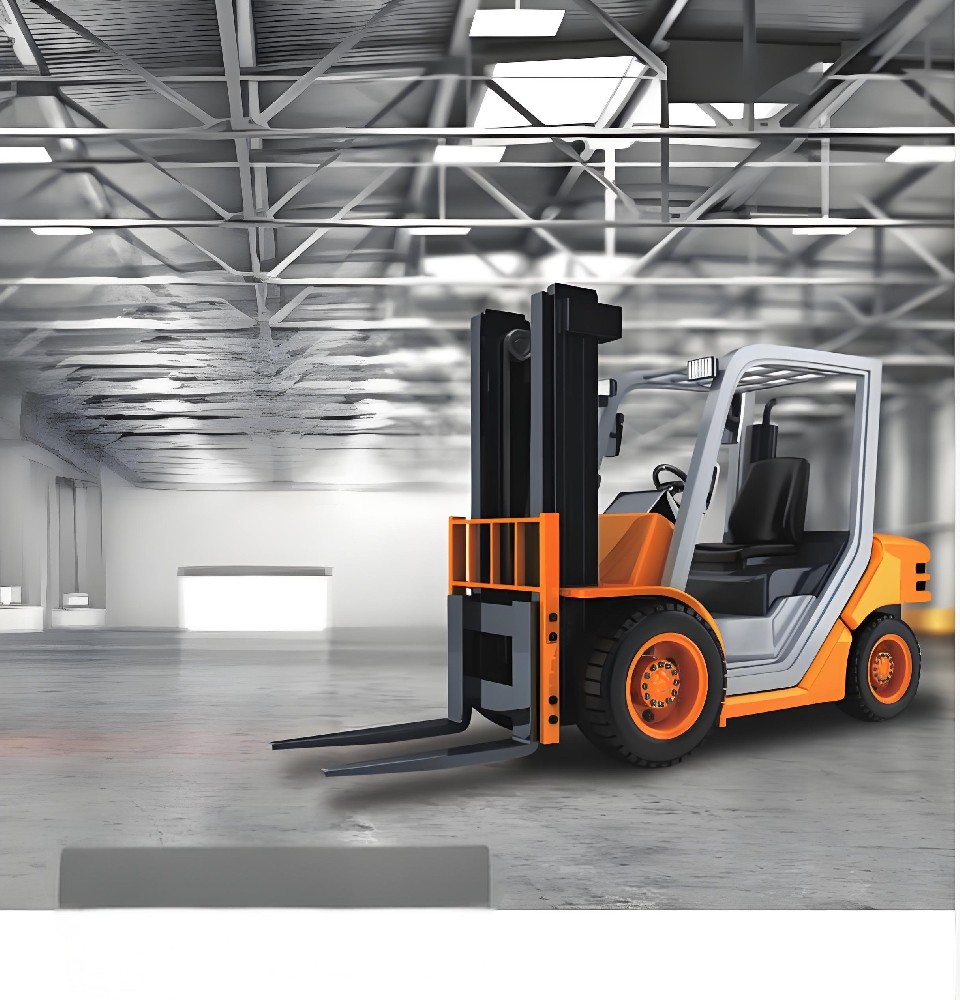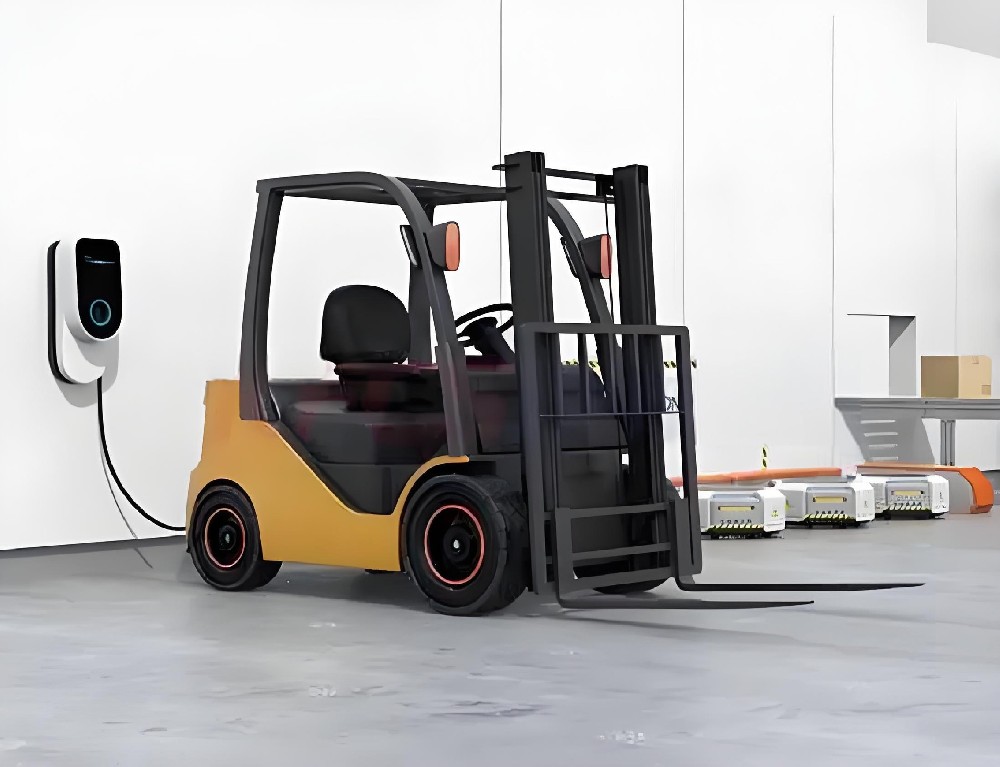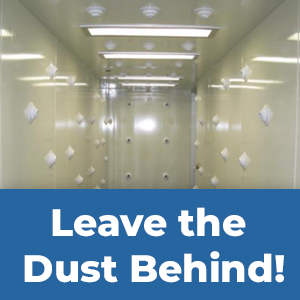
Li-ion batteries have become widespread not only in personal electronics, medical devices, and the aerospace and automotive industries, but also in heavy industrial applications like electric forklifts in the material handling industry, and even mining.
Nevertheless, many industries continue to rely on a lead-acid battery pack, including electric forklifts applications.
Are you using traditional lead acid forklift batteries in your operations? If yes, this article is a must-read! You need to learn what lead decontamination measures are mandated at the place of production (spoiler alert: Pandemic precautions are a joke compared to what you have to do to stop lead poisoning of workers and their families).
Whether you have all the safety protocols in place to prevent lead poisoning and decontaminate before going home to protect your family, the main question is, “Why should you continue using lead?” Dan Askin, a Speaker at a recent BCI event “Worker Decontamination: Preventing Take Home Lead” says it best: “The less lead you start with, the less lead you have to clean up.”
Why Manufacturers of Lead-Acid Batteries Take Workers’ Lead Decontamination Seriously, and Why You Should Too.
On November 4, I participated in a webinar titled “Worker Decontamination: Preventing Take Home Lead & The Role of Operations and Supervisors in Lead Health Programs” organized by Battery Council International. I have full respect for the organizers of this education effort aimed at reducing the harm. I was quite impressed with the mandated lead decontamination measures to prevent spreading lead dust (and consequent lead poisoning) outside of a workplace.
The health risks discussed were mainly those for the families of employees of lead-containing product manufacturers. Today, 75 percent of lead used in industrial manufacturing goes into lead-acid batteries, so we are talking about manufacturers and users of lead-acid batteries here.
Lead Poisoning
Since lead is a dangerous neurotoxin, especially dangerous for children, a safe level of lead dust on the floor is defined at below 10 micrograms (one-millionth of a gram) per square foot. According to Dan Askin, the first speaker at the event and the president and technical director of ESCA Tech, a company developing blood lead level reduction programs, If a worker takes 1 milligram (one-thousandth of a gram) of lead home, that is enough to cover 100 square feet at the U.S. Environmental Protection Agency’s maximum safe level.
Askin provided an example of a one-week test of a battery plant air-shower. At the entry to the men’s locker room, they recovered 108 milligrams of dust per person who walked through the air-shower. This dust was typically 60 to 70 percent lead. That means we are starting with more than 70 milligrams of lead to be removed before a worker leaves the plant. If this much lead from one person was uniformly dispersed throughout the locker room, the result would be 700 square feet of space at 100 micrograms per square foot.
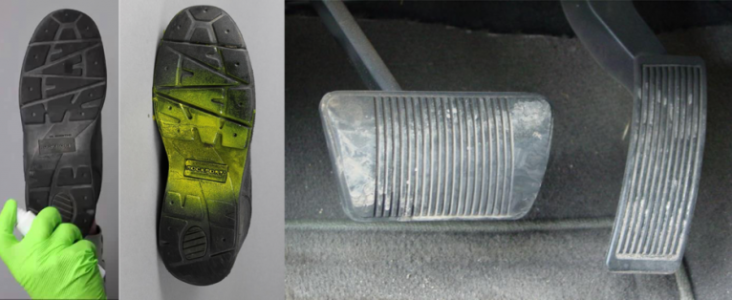
How Can a Worker Take Lead Home?
How can one take lead home? Multiple ways: Lead dust is transmitted on shoes, clothes, skin, hair, fingernails, phones, keys, wallets, coins, tobacco, cosmetics and toiletries, socks, underwear, glasses, watch, rings, jewelry, and of course, cars. It can even be carried in your sweat. To prevent lead from being carried over to homes, companies should install advanced filters in their air conditioning systems throughout the facility, not only in the working areas but also in corridors, meeting rooms, and offices. Enter and exit routes must not cross. A policy of no street clothes or shoes inside must be enforced. If you touch your shoes, re-wash your hands. And wash your car before driving home every day.
Battery manufacturing plants must check daily whether training rooms and chairs are used by people in both street clothes and work clothes. Are the training room chairs cleanable? Where are the socks washed? If the socks are washed at home, lead will collect in the recirculation tank of a home washer and be re-suspended in the rinse water in every load.
And so on. In a nutshell, if your operations involve lead products, the rules of personal protection from lead poisoning and decontamination before you leave the facility to go home must be very strict. And the punishment for not following these rules needs to be quite severe.
When I asked if these measures apply to workplaces that use the lead acid technology, not manufacture them, Askin mentioned battery distribution centers and industrial batteries charging stations, with which they “had issues in the past.” He could not give more details because there is simply not enough data. These facilities are not regulated and measured in the same way as production areas, and the blood lead levels of workers and their families are simply unknown.
Askin finished his presentation with a very clear mes


